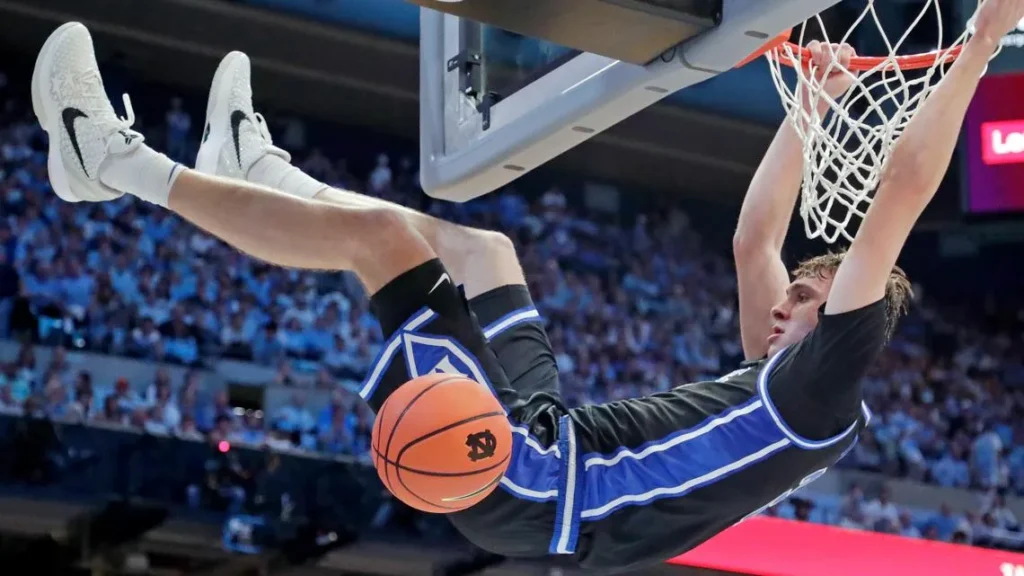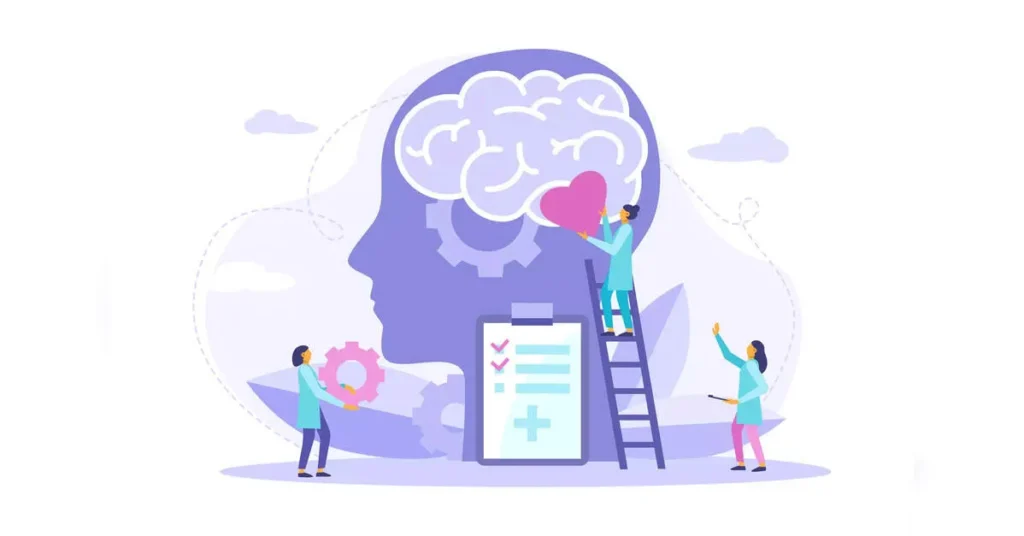Introduction: Where Talent Meets Technology
College basketball has long been a breeding ground for future NBA legends—from Michael Jordan and Magic Johnson to Stephen Curry and Zion Williamson. But identifying the next breakout star has traditionally relied on scouts, highlight reels, and gut instinct. In today’s digital age, artificial intelligence (AI) is revolutionizing how talent is evaluated, tracked, and projected. By combining machine learning, player statistics, and predictive modeling, AI tools are helping coaches, analysts, and fans forecast which college players could become future stars in U.S. basketball.
The Evolution of Scouting in College Basketball
Historically, college basketball scouting has been subjective. Coaches and scouts would attend games, analyze tape, and rely on intuition. Although somewhat successful, this approach frequently resulted in underutilized potential or overhyped prospects who fell short of expectations. Today, AI offers a more systematic, data-driven approach.
With access to advanced tracking systems like Second Spectrum and Synergy Sports, college teams can gather real-time performance data—down to every dribble, pass, and shot. These tools generate thousands of data points per game, providing a level of granularity that was unimaginable a decade ago.
How AI Tools Work in Predicting Future Basketball Stars
AI-based scouting tools utilize machine learning algorithms to analyze player performance trends, biomechanical efficiency, and comparative statistics. Here’s how:
1. Player Performance Modeling
Machine learning models analyze massive datasets—from box scores to shot charts—to find correlations between current college performance and future NBA success. Variables include:
- Player Efficiency Rating (PER)
- Usage Rate
- True Shooting Percentage
- Assist-to-Turnover Ratio
- Defensive Win Shares
By feeding these into a predictive engine, AI tools generate probability scores for each player’s potential success at the professional level.
2. Biomechanical & Motion Analysis
AI tools such as KINEXON or Noah Basketball track body mechanics, jump height, release time, and shot arc. These metrics help determine not just how productive a player is, but how sustainable their style is at the next level.
3. Injury Prediction
Using historical injury data, wear-and-tear indicators, and load management stats, AI can flag players at risk of future injury. This can protect teams from investing in high-risk prospects.

Emerging College Stars According to AI Predictions
Several NCAA players have stood out in AI projections for their NBA potential in recent seasons. Here’s a hypothetical look at a few based on predictive modeling:
1. Jalen Carter – University of Kansas (Point Guard)
- Projected NBA Success Probability: 88%
- AI Highlights: Exceptional decision-making under pressure, elite assist-to-turnover ratio, 3.2 steals per game, top 5 in PER among Power Five guards.
2. Malik Jefferson – Duke University (Small Forward)
- Projected NBA Success Probability: 84%
- AI Highlights: High basketball IQ, versatile defense (1.5 blocks + 1.8 steals per game), 40% from 3-point range on high volume.
3. Ethan Bell – Gonzaga University (Center)
- Projected NBA Success Probability: 81%
- AI Highlights: Outstanding rebounding efficiency, 65% FG with above-average rim protection, and consistent free-throw shooting—an anomaly among college bigs.
While traditional scouts may have overlooked Bell due to his smaller market program, AI tools identified him as an elite paint anchor with long-term NBA potential.
How AI Benefits Coaches, Scouts, and Analysts
AI doesn’t replace human intuition—it enhances it. Here’s how stakeholders in college basketball benefit:
- Coaches: Real-time feedback helps adjust game plans and player rotations during games.
- Scouts: AI offers unbiased analysis, helping identify hidden gems from mid-major schools.
- Analysts & Media: Better projections mean more accurate mock drafts and performance forecasts.
- Players: Athletes can get comments on their mechanics, habits, and areas for improvement.
The Role of Transfer Portals and AI Matching
The rise of the NCAA transfer portal has made AI even more essential. With hundreds of players transferring each season, AI tools can assess compatibility between players and potential programs. Algorithms analyze team needs, playing styles, and roster gaps, making matches more strategic than ever.
For instance, a ball-dominant guard looking for an up-tempo offense can be algorithmically matched with programs that suit their playstyle. This makes for a better player fit and overall team chemistry.
NIL Deals and AI Metrics
Name, Image, and Likeness (NIL) deals have become a major factor in college recruiting. AI now plays a role in evaluating a player’s marketability using metrics such as:
- Social media reach and engagement
- Performance consistency
- Media mentions and sentiment analysis
- Fanbase size and loyalty
Players can better grasp their NIL worth by using value scores provided by AI technologies such as Opendorse and INFLCR.This creates a new layer of opportunity and incentive for both players and programs.
The Ethical Side of AI in Sports
As AI becomes more prevalent, ethical questions arise. Is it fair to reduce a player’s future to an algorithm? Can predictive bias exclude late bloomers or players from smaller schools?
To address these concerns, many developers are ensuring that AI models remain transparent, diverse in training data, and constantly updated with fresh variables. Combining AI with traditional scouting may strike the right balance between data and instinct.
Future Outlook: AI and the NBA Draft
We’re approaching an era where AI will become a core component of NBA draft war rooms. A “Predictive Success Score” that combines statistical forecasting and raw performance may even be included in a college athlete’s draft profile.
In the near future, we could see:
- AI-driven draft simulators helping GMs map out different team-building scenarios.
- Player simulations in augmented reality (AR) based on actual college game footage.
- AI-enhanced virtual scouting combines, allowing remote teams to evaluate prospects globally.
Final Thoughts
The intersection of college basketball and AI tools is redefining how America finds its next basketball icons. No longer dependent solely on highlight reels or reputation, the process is now data-driven, predictive, and more accessible.
From predicting draft success to preventing injuries and identifying marketable NIL stars, AI is doing more than crunching numbers—it’s shaping careers. The players of tomorrow are still on the hardwood floors of NCAA arenas today. And thanks to AI, we may spot them sooner—and more accurately—than ever before.
FAQs:
Q1: Can AI predict which college basketball player will make it to the NBA?
AI tools can’t guarantee a player’s NBA success, but they can assign probability scores based on performance metrics, biomechanics, and injury history.
Q2: Are AI predictions better than traditional scouting?
They’re not necessarily better—but more data-driven. When used together, AI and traditional scouting can provide the most accurate talent evaluations.
Q3: Do smaller schools benefit from AI scouting tools?
Yes. AI removes bias toward larger programs, giving under-the-radar players a fair shot at exposure.
Q4: How do NIL deals connect to AI?
AI tools evaluate a player’s market value by analyzing social metrics, engagement, and brand appeal, helping athletes and sponsors make informed NIL decisions.






